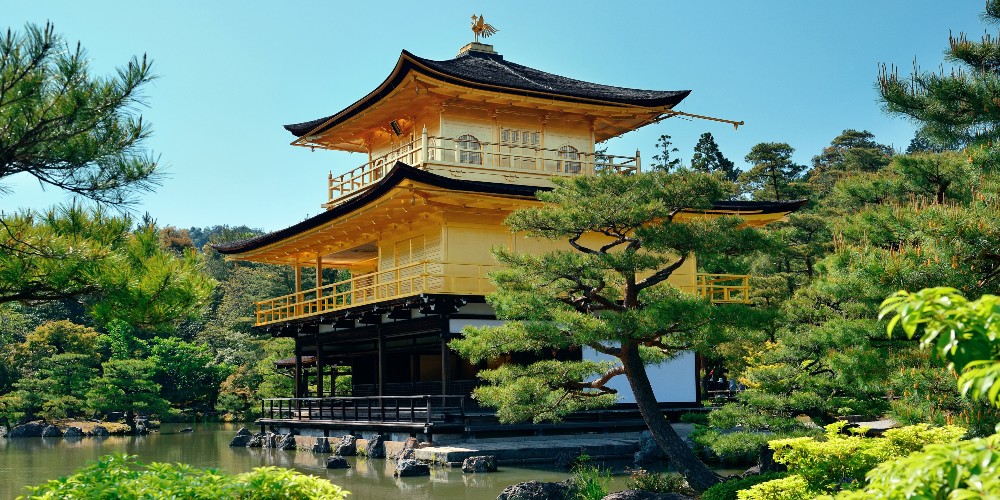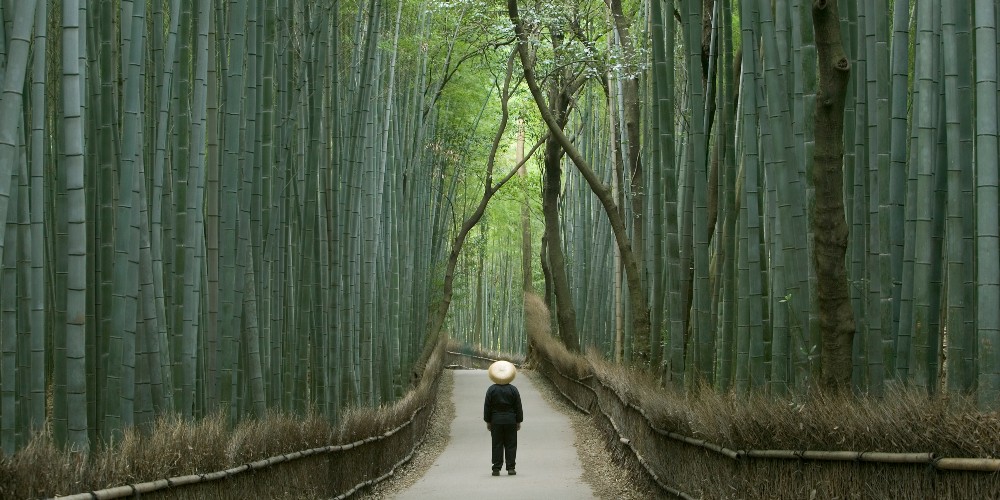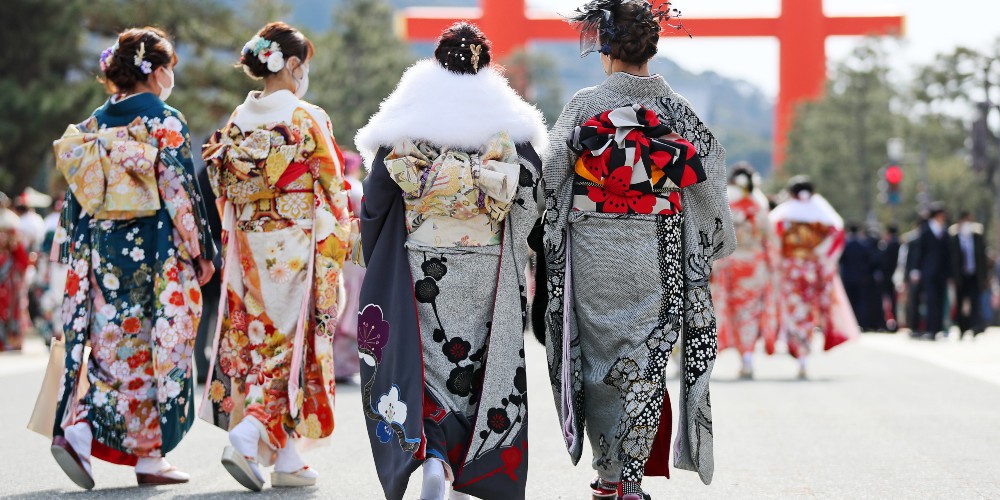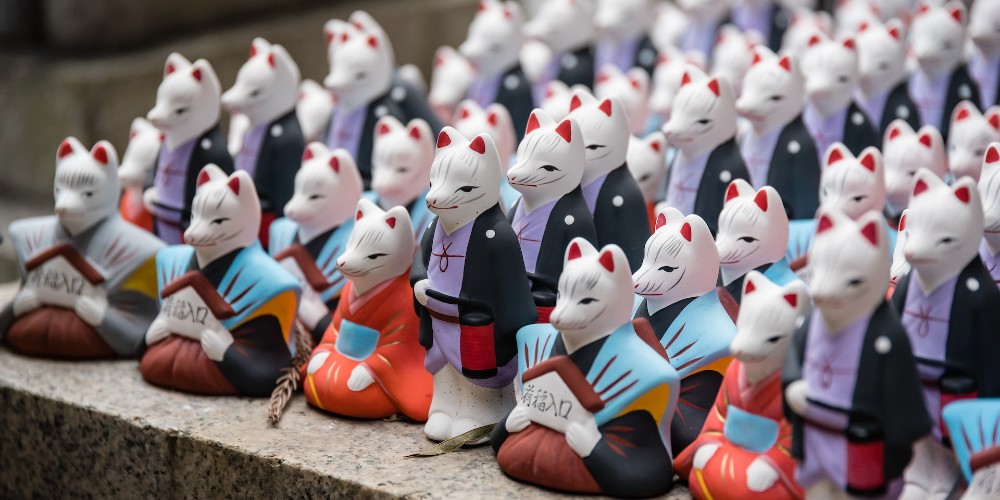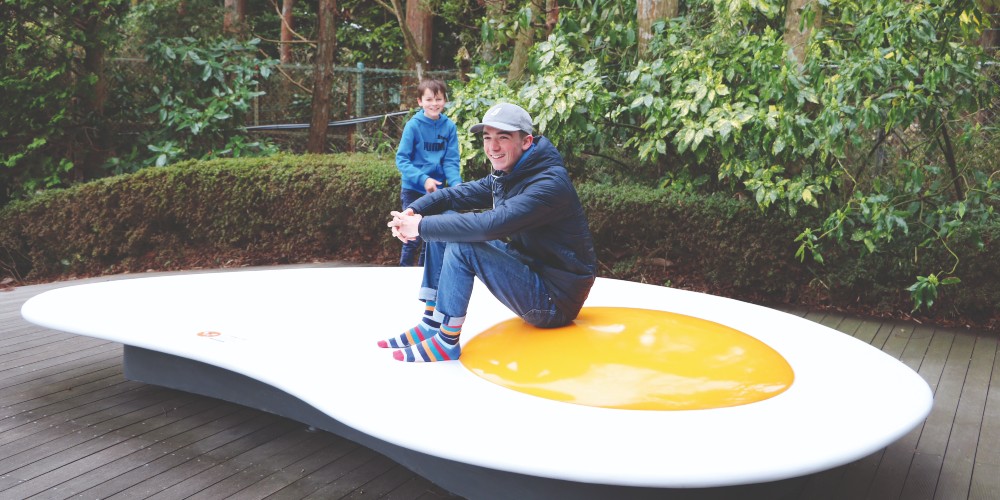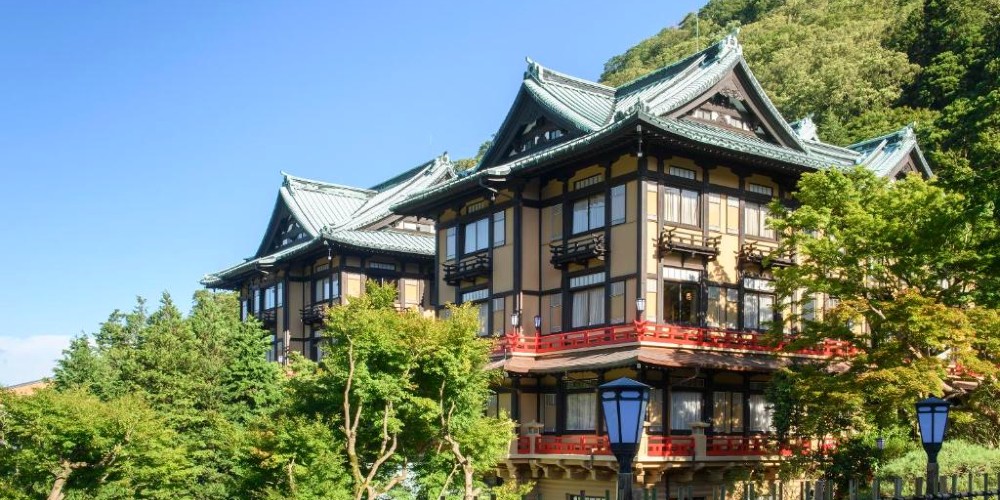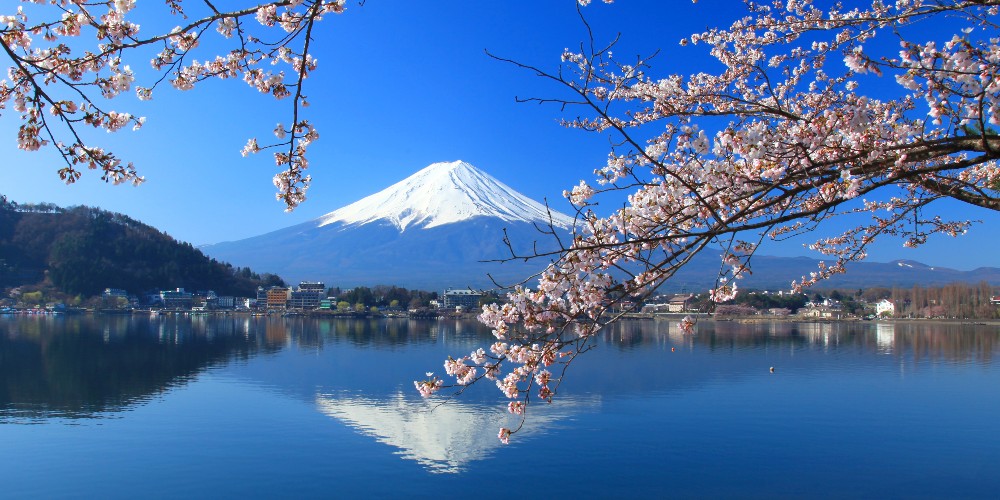Kids love Japan, once they get their head around the different bedtime, bath time, and breakfast, finds mum-of-boys Kate Wickers.
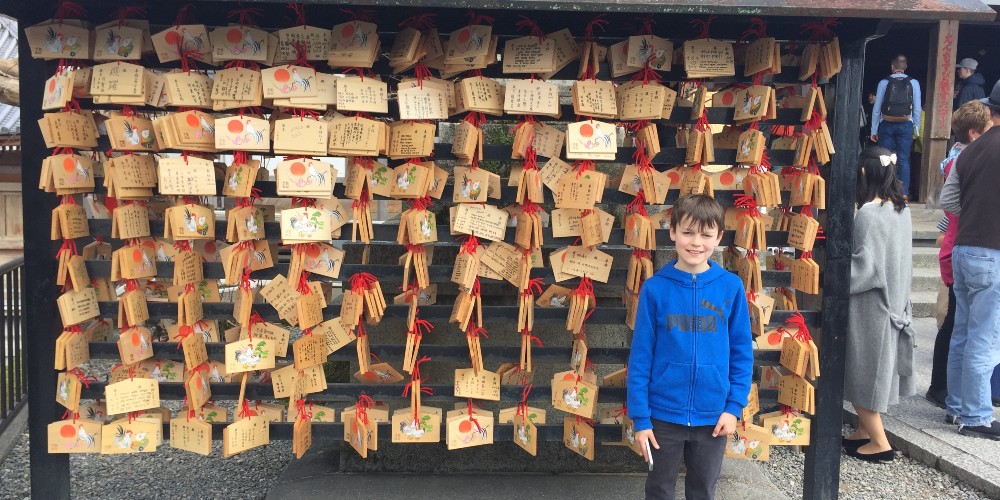
Freddie with Ema, Kinkaku-ji, Kyoto
Kids can’t get enough of Kyoto
It’s cherry blossom season when we arrive in Kyoto, fresh off the Shinkansen bullet train from frantic Tokyo. Year round, this is a city that lives in accord with nature, where gardens, woods and bamboo forests, blend with temples, pagodas, shrines, as well as family homes. But only from mid-March to the end of April does it burst into colour, awash with pink and white blooms.
This sight was the stuff of travel bucket lists for me, and I wasn’t the only one. The city’s cherry trees, its ancient history and cinematic qualities, lure thousands of foreign visitors and Japanese tourists too. They flock here to enjoy the annual sakuru (cherry blossom knees up), posing in the prettiest spots to take selfies, as the breeze fills the air with bursts of confetti and the Kamo River, which flows through the city centre, is softly blanketed in pink. Luckily, with more than 500 cherry trees, even in high season there’s more than enough selfie backdrops to go round.
Minding our manners the Japanese way
Japan had long captured my imagination, from my obsession with the 1980s pop band Japan, to the excitement over my very first revolving food-belt experience in 1997. However, of all the places I’d travelled to with my three boys, I was a little worried about the potential for cultural faux pas. I’d researched rules of social etiquette and gave the boys a briefing.
They were never to sit with their legs open, but instead slant their legs and feet to the right (straight towards a person was an omen of death); they were never to eat or drink in public while walking; never to leave their chopsticks pointing upwards in their bowls; never to raise their voices in public; and (oh, how I loved this one) being a picky eater was considered very disrespectful. Okay, I thought, let’s see how we get on.
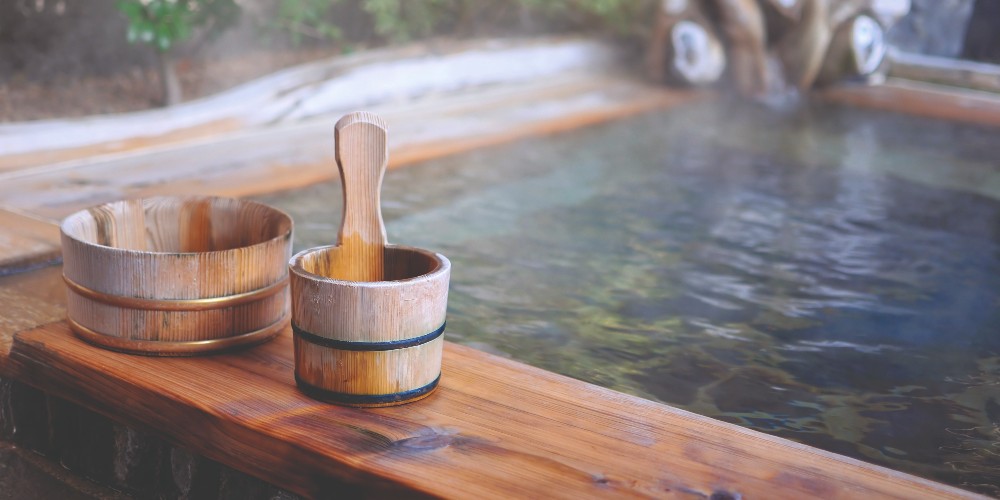
Japanese Onsen tradition takes a bit of getting used to
You’re never too young to spa in Japan
Our base in Kyoto was Ryoso Chatani, a traditional ryokan inn and I revelled in the simplicity of it all, our communal family bedroom only furnished with a tatami mat floor, a low table, chairs without legs, and futons to be unfurled at bedtime. We were each given a yukata (cotton kimono), along with flip-flop style slippers and a strange pair of socks, with a separate sleeve for your big toe – cleverly designed to wear with thonged footwear – which Freddie enthusiastically pulled on, calling them his ‘glove socks’.
Typical of all ryokan, were the single-sex communal baths (more like a boutique spa), fed by natural thermal springs. At the entrance we were each handed two essential bits of kit by the attendant – a flannel sized towel and some body wash.
“This is the smallest towel ever. How can you dry yourself with that?” Josh wanted to know.
I knew the score. This was a special, rather intimate little towel, used for covering one’s privates.
“Must go naked please,” the attendant stated bluntly.
“What? No way!” my three sons chimed, doing a swift about-turn. However, after a day, “No way,” was replaced with, “Okay, but first check that no one is there.” With my husband Neil left to supervise, the chance to bathe in peace in these steamy mineral water pools was a daily ritual I looked forward to.
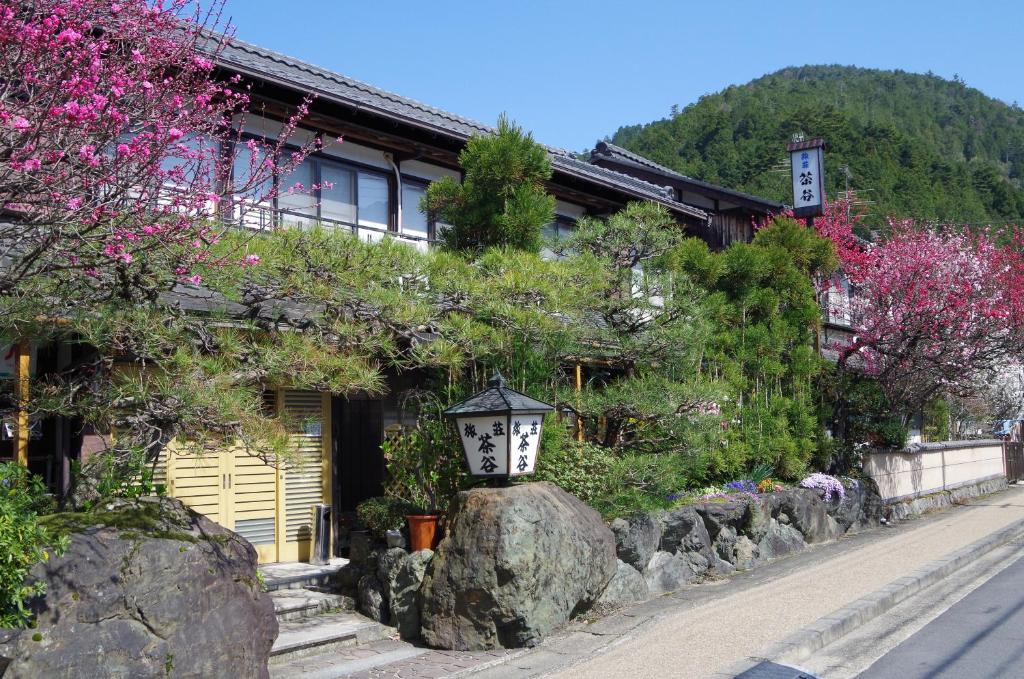
Ryoso Chatani, Ryokan Inn, Kyoto
Breakfast gets lost in translation
Even for the most seasoned traveller, Japan throws regular curve balls. Our second came at breakfast the next day as my sons sniffed suspiciously at the small bowls that had been set before them, while I reminded them that being a fussy eater was considered very rude.
“What even is that?” asked Ben. It was so hard to tell. We identified pickled vegetables and a miso-broth, smoked fish and dried egg mixed with what we suspected might be seaweed, but several other dishes left us perplexed.
“Er, excuse me,” I ventured to the waitress. “Could you tell me what these are?” As the ensuing conversation was straight out of the film Lost in Translation, I eventually ended up hissing, “Just eat it” at them all.





